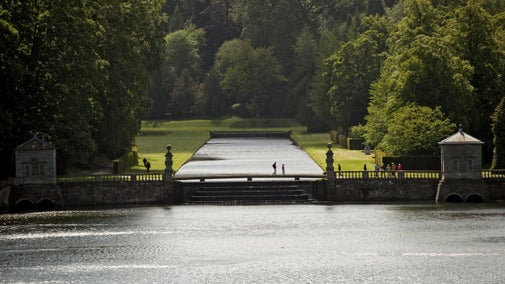Sixteen organisations and community groups have come together to restore the Skell Valley.
They are:
Nidderdale National Landscape (formerly Nidderdale AONB)
National Trust
Eavestone Estate
Environment Agency
Forestry Commission
Grantley Hall Estate
Grantley, Sawley, Skelding and Eavestone Parish Council
Harrogate and District Community Action
Friends of Hell Wath
Natural England
Nidderdale AONB Joint Advisory Committee
North Yorkshire Council (formerly NY County Council)
A representative of the Skell Farmers Group
Ripon Museums Trust
West Yorkshire Archive Service
Yorkshire Dales Rivers Trust
























































